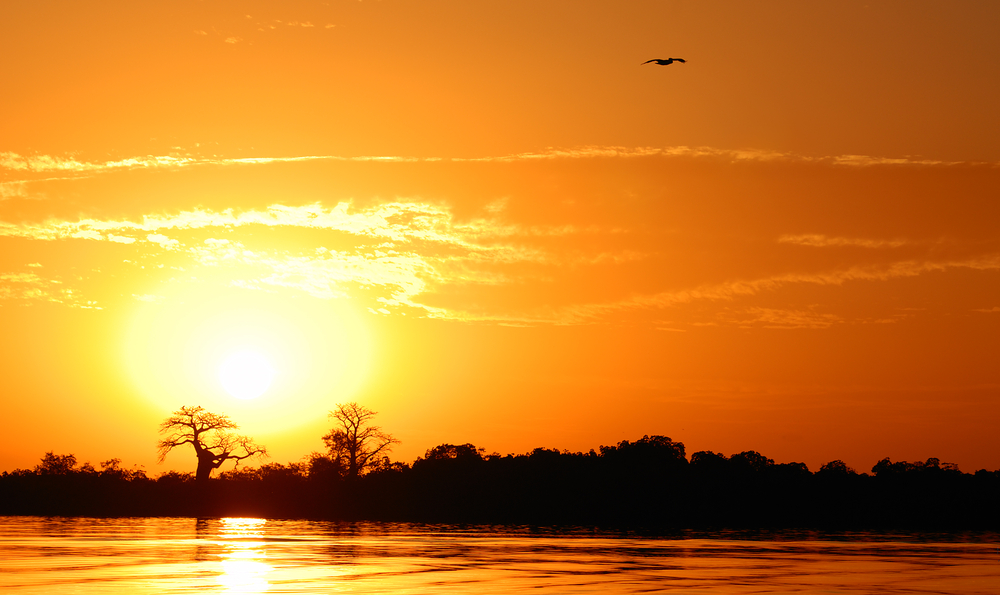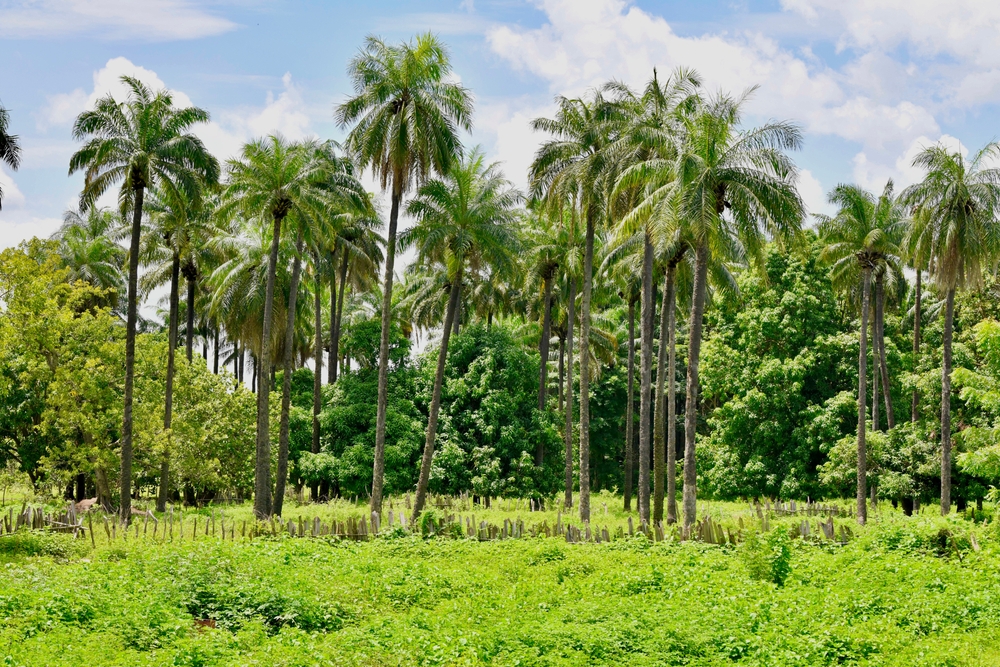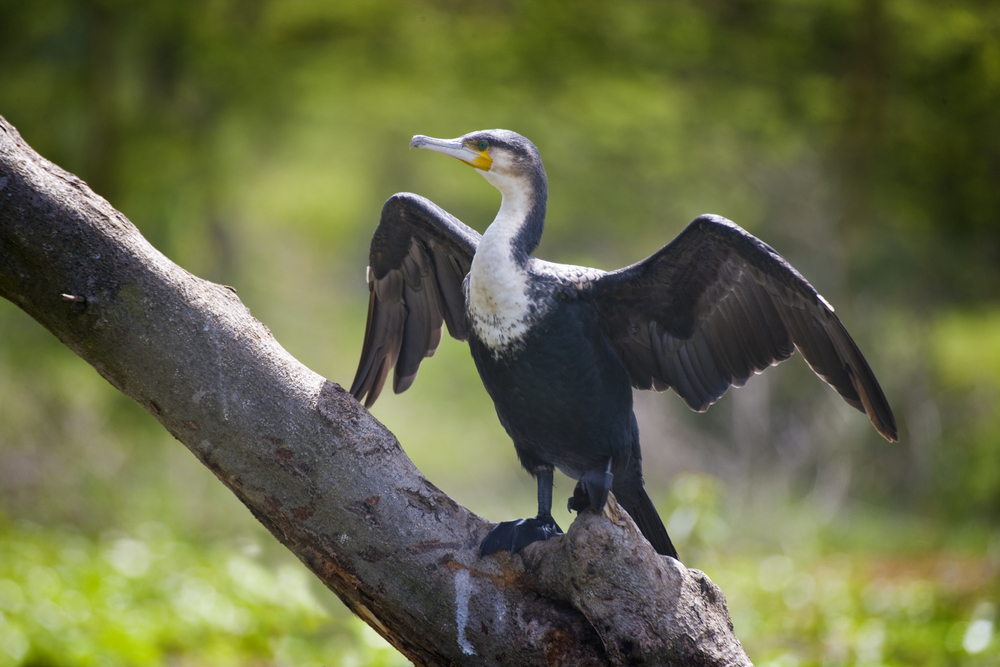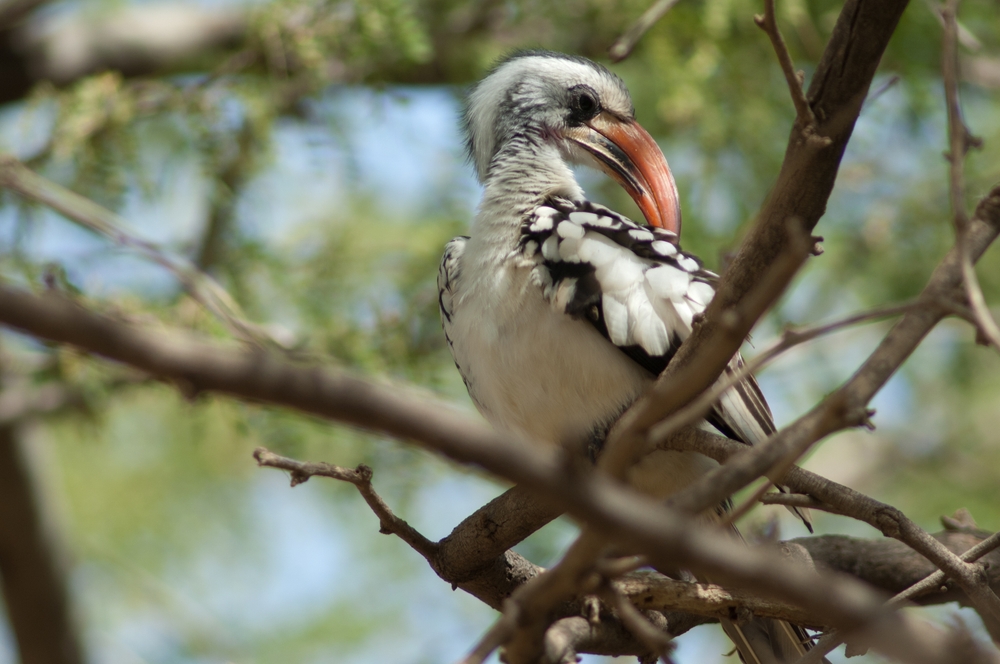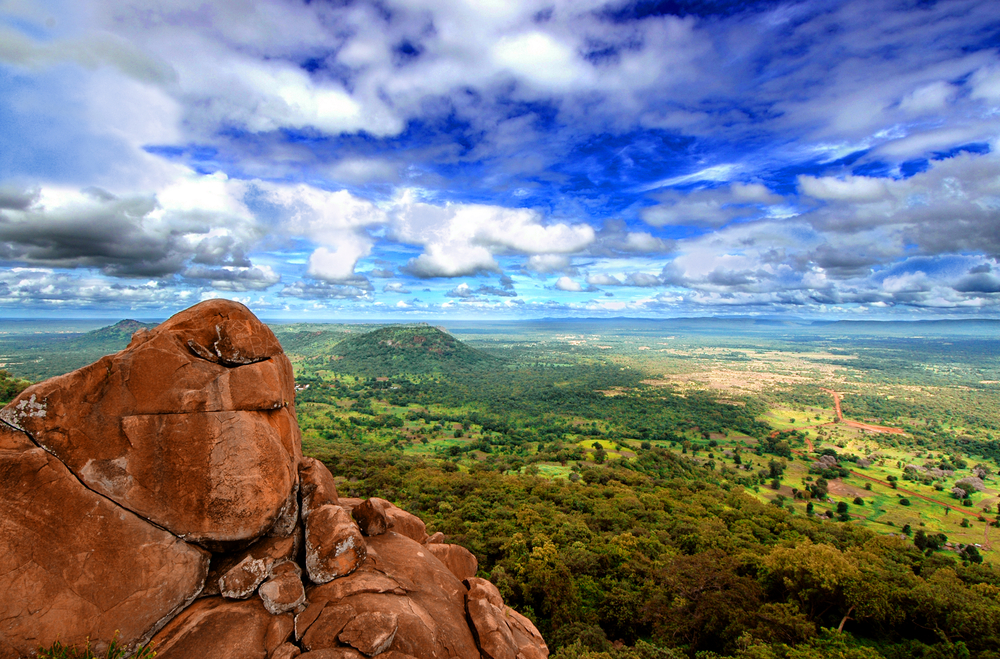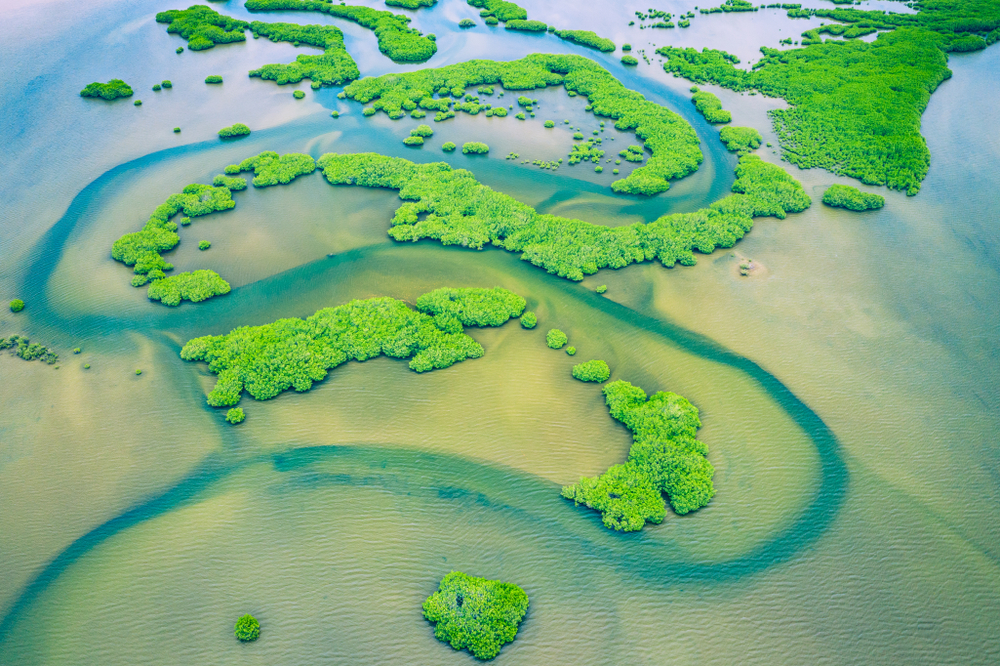Senegal, located at the westernmost tip of Africa, is home to six officially designated national parks, each showcasing the country’s ecological diversity and commitment to conservation. These parks protect a wide array of habitats, including wetlands, savannahs, and coastal ecosystems, and provide sanctuary to numerous species, many of which are rare or endangered. Senegal’s national parks also play a vital role in supporting ecotourism and local livelihoods, offering visitors a chance to experience the natural beauty and cultural richness of the region.
One of the most renowned parks is Niokolo-Koba National Park, a UNESCO World Heritage Site and the largest national park in Senegal. Covering over 9,000 square kilometers in the southeastern part of the country, this park is a biodiversity hotspot, hosting species such as lions, leopards, African elephants, and giant elands. The Gambia River, which flows through the park, supports rich aquatic life and provides essential resources for the surrounding ecosystem. Niokolo-Koba is critical for conserving Senegal’s savannah and forest species, although it faces challenges from poaching and habitat degradation.
Although not a national park, Djoudj National Bird Sanctuary, part of Senegal’s Wetlands of International Importance, is a haven for bird enthusiasts. Located near the Senegal River Delta, this park is a stopover for millions of migratory birds, including pelicans, flamingos, and herons. The sanctuary’s network of wetlands, floodplains, and lakes supports diverse wildlife and is globally recognized as one of the most important bird sanctuaries in Africa.
Saloum Delta National Park, a UNESCO Biosphere Reserve, offers a striking blend of terrestrial and marine environments. Located along the Atlantic coast, this park features mangroves, islands, and lagoons that are home to manatees, dolphins, and a variety of fish species. The park is also culturally significant, containing archaeological sites that reflect the ancient history of human settlements in the area.
Basse-Casamance National Park, situated in the lush southern region of Senegal, is known for its tropical forest ecosystem. This park provides refuge for species such as crocodiles, manatees, and monkeys, as well as numerous bird species. However, it has faced challenges related to regional instability and deforestation, limiting its accessibility and conservation capacity.
Senegal’s national parks, though rich in biodiversity, face ongoing challenges from poaching, agricultural expansion, and climate change. However, conservation efforts, supported by local communities and international organizations, have led to progress, including habitat restoration and sustainable tourism initiatives. These parks represent Senegal’s dedication to preserving its natural heritage and ensuring a sustainable future for its wildlife.








































































